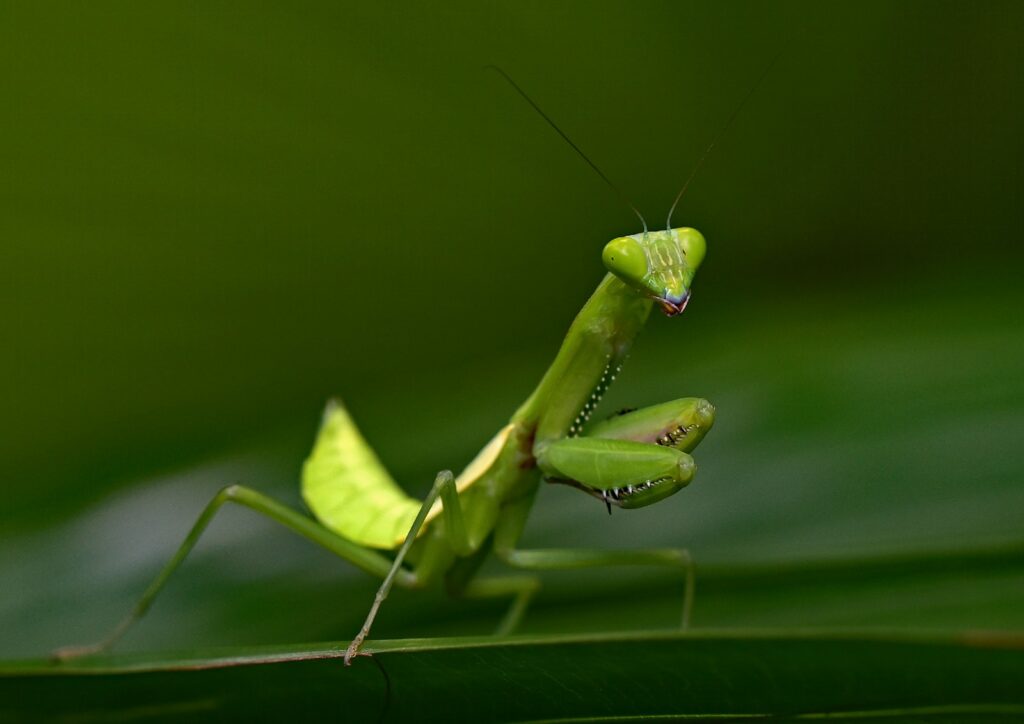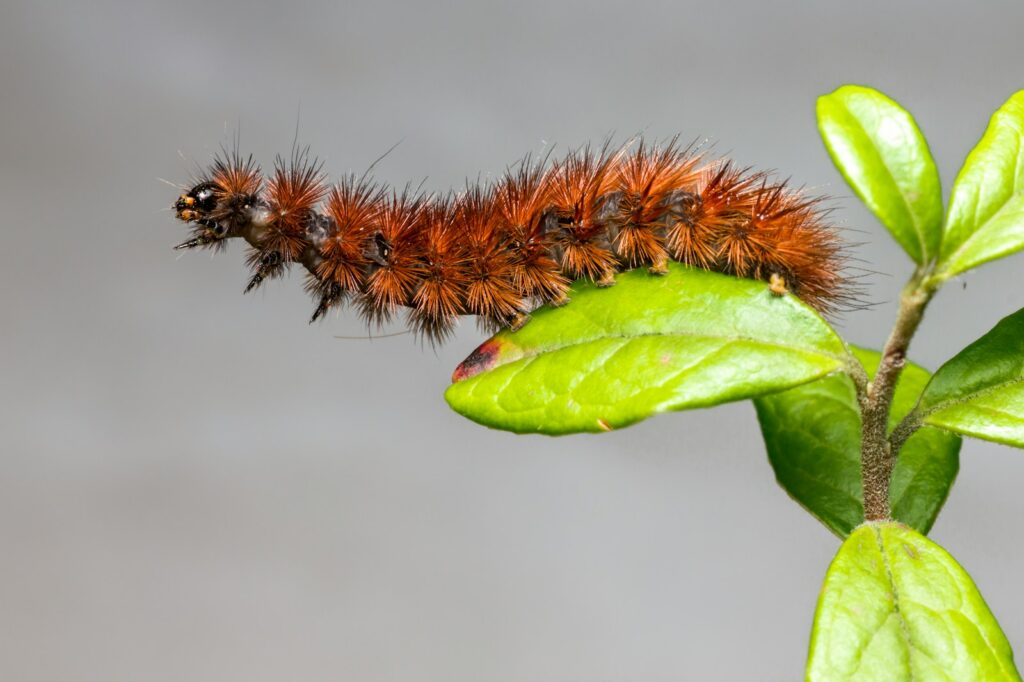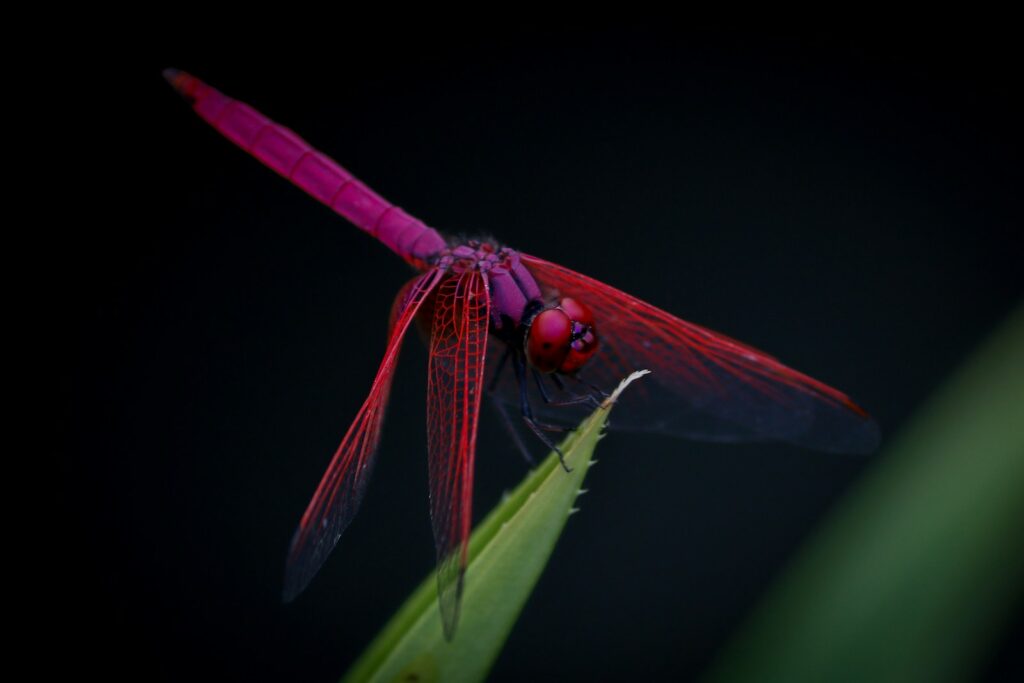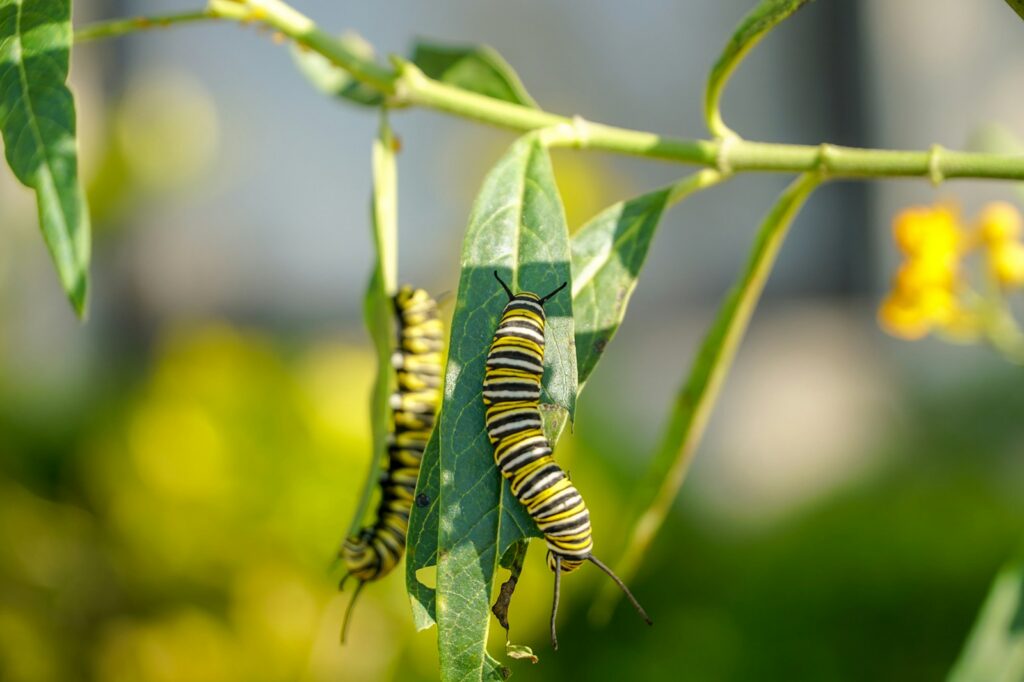Maintaining a clean habitat for your insect pet is crucial for their health and well-being, but the cleaning process comes with unique challenges. Unlike traditional pets, insects are often sensitive to chemicals, can be easily stressed by environmental changes, and may be small enough to be accidentally harmed during routine maintenance. Whether you’re caring for a magnificent praying mantis, a colony of stick insects, or a colorful collection of beetles, proper cleaning techniques ensure your tiny companions thrive in their artificial ecosystem. This comprehensive guide will walk you through effective, safe methods to clean your insect enclosure while minimizing stress and potential harm to your invertebrate friends.
Understanding Why Regular Cleaning Matters

Regular maintenance of your insect enclosure isn’t just about aesthetics—it’s vital for your pet’s health and longevity. Waste products, uneaten food, and dead prey items can quickly accumulate, creating a breeding ground for harmful bacteria, mold, and parasites that may sicken your insect companions. Excess moisture from these decaying materials can create dangerously humid conditions that may stress your pets and encourage fungal growth. Additionally, many insects are surprisingly sensitive to their environment, with some species showing signs of stress when their habitat becomes soiled or imbalanced. Establishing a consistent cleaning schedule appropriate to your specific insect species helps prevent health issues before they develop, ensuring your invertebrate friends can thrive in their artificial habitat.
Gathering Pet-Safe Cleaning Supplies

Before beginning the cleaning process, assemble appropriate supplies that won’t leave harmful residues that could poison your insect pets. Avoid commercial cleaning products containing chemicals, fragrances, or antibacterial agents, as even trace amounts can be fatal to invertebrates. Instead, rely on plain hot water for most cleaning needs, or use a weak solution of white vinegar (one part vinegar to nine parts water) for stubborn areas, making sure to rinse thoroughly afterward. Keep dedicated soft brushes, such as unused toothbrushes or small paintbrushes, specifically for cleaning insect enclosures to avoid cross-contamination. Paper towels, microfiber cloths, or clean cotton rags work well for drying components, but avoid using any cloths previously exposed to laundry detergents or fabric softeners which may leave invisible but harmful residues.
Preparing a Temporary Holding Container

Before beginning the cleaning process, you’ll need to safely relocate your insect pet to a secure temporary home. Choose a container appropriate to your pet’s size and species—for most insects, a clean plastic container with a secure lid (modified with air holes) works well for short periods. Add some familiar elements from their main enclosure, such as a small piece of their regular climbing material or hiding spot, to reduce stress during the transition. For skittish species, place the temporary container in a quiet, temperature-stable location away from direct sunlight, drafts, or excessive vibrations. Remember that the holding container is only a short-term solution, so don’t worry about recreating their entire habitat—focus instead on keeping them safe and minimizing stress during the cleaning process.
Safe Techniques for Transferring Your Insect

Moving your insect from their main enclosure to a temporary home requires careful handling to prevent escape or injury. For many species, the gentlest approach is to coax them onto a small stick or leaf, which you can then transfer directly to the temporary container without touching the insect itself. If your pet is reluctant to move, patience is key—never force an insect to relocate, as this can cause stress, injury, or defensive behaviors like biting or spraying defensive chemicals. For particularly delicate species like stick insects or moths, creating a “bridge” between enclosures allows them to move at their own pace while minimizing handling. Always work in a closed room with no open windows or doors during transfers to prevent escapees, and have a clear capture plan ready should your pet make a break for freedom.
Disassembling the Enclosure Components

Once your insect is safely relocated, begin methodically disassembling the enclosure for thorough cleaning. Remove all decorative items, climbing structures, water dishes, and substrate, placing each in separate containers to prevent cross-contamination. Examine each item carefully for signs of mold, mildew, or pest infestation that might indicate more aggressive cleaning is needed. For enclosures with specialized heating or lighting equipment, disconnect all power sources and remove electronic components according to manufacturer guidelines, setting these aside to be cleaned separately with appropriate methods. Take photographs of the original setup if you’re new to insect keeping or if the habitat has a particularly complex arrangement, ensuring you can recreate your pet’s environment exactly as it was before cleaning.
Substrate Replacement and Maintenance

The substrate forms the foundation of your insect’s habitat and typically requires complete replacement during deep cleanings due to its ability to harbor waste, bacteria, and fungi. For most enclosures, remove all existing substrate and dispose of it in your garden compost or outdoor trash, never reusing old substrate regardless of how clean it appears. When selecting replacement substrate, match it precisely to your insect’s specific requirements—tropical species may need coconut fiber or sphagnum moss that holds moisture, while desert-dwelling insects require dry sand or crushed walnut shells. Always use commercially available substrates marketed for reptiles or insects, avoiding outdoor-collected materials which may contain pesticides, harmful microorganisms, or wild insect eggs that could introduce parasites or competitors to your pet’s environment. For burrowing species, ensure the fresh substrate is deep enough to accommodate natural behaviors, generally 2-3 times the depth of the insect’s body length.
Cleaning Hard Surfaces and Glass

The hard surfaces of the enclosure, including glass, plastic, or acrylic walls, require special attention to remove biofilm, water spots, and waste residue. Begin by rinsing these surfaces with hot water to loosen debris, then use a soft cloth or sponge dedicated exclusively to pet enclosure cleaning. For stubborn spots, a solution of one part white vinegar to nine parts water can be effective without introducing harmful chemicals, but always rinse thoroughly afterward until no vinegar smell remains. Avoid using paper towels on acrylic or plastic surfaces, as they can create micro-scratches that eventually cloud transparency and provide hiding places for bacteria. Allow all hard surfaces to air dry completely—this is crucial for preventing water spots and ensuring no moisture remains that could raise humidity to inappropriate levels once the enclosure is reassembled.
Sanitizing Decorations and Climbing Structures

Natural decorations like branches, cork bark, and rocks can harbor mold and bacteria in their crevices, requiring thorough cleaning between uses. For wooden items, brush away loose debris and rinse with hot water, then allow to completely dry—ideally in direct sunlight, which provides natural UV sterilization. For heat-resistant items like rocks or ceramic hides, boiling for 15-20 minutes effectively eliminates most pathogens without introducing chemicals. Live plants should be gently rinsed and inspected for pests, with any damaged or decaying leaves removed to prevent mold development in the enclosure. Avoid using soap on any porous decorations, as they can absorb residue that is nearly impossible to fully rinse away and may later leach chemicals into the habitat environment when humidity fluctuates.
Addressing Mold and Mildew Problems

Encountering mold or mildew in your insect enclosure signals potentially dangerous conditions that require immediate intervention beyond routine cleaning. When discovered, remove your insect to a clean temporary container and discard any affected substrate immediately. For non-porous items showing mold growth, create a solution of one part hydrogen peroxide (3% concentration) to four parts water, applying it directly to affected areas and allowing it to sit for 10 minutes before thoroughly rinsing. Porous items with significant mold infiltration, such as wooden decorations or natural sponges, should generally be discarded rather than risked. After cleaning, address the underlying cause of mold growth by evaluating your enclosure’s ventilation, humidity levels, and cleaning frequency to prevent recurrence when your pet returns to their freshly cleaned habitat.
Special Considerations for Different Insect Types

Different insect species have specialized habitat requirements that influence optimal cleaning approaches. For moisture-dependent species like millipedes and tropical cockroaches, substrate changes might need to occur more frequently due to the humid conditions that accelerate decomposition and microbial growth. Desert-dwelling insects like certain scorpions or beetles typically require less frequent deep cleanings, but still benefit from regular spot cleaning and removal of prey remains. Insects that spin silk, such as jumping spiders or certain caterpillars, need careful cleaning around their webbing structures, as destroying these can cause significant stress and disruption to their natural behaviors. Hissing cockroaches and other communal species often create designated “bathroom areas” in their enclosures, which can be spot-cleaned more frequently to extend the time between disruptive complete habitat overhauls.
Reassembling the Habitat Correctly

Proper reassembly of the enclosure is just as important as the cleaning itself, requiring attention to detail to recreate a stress-free environment for your insect. Begin by adding fresh, appropriate substrate to the proper depth, then install any under-tank heaters or other climate control equipment according to manufacturer specifications. Position climbing structures, water dishes, and decorative elements in their original locations, referencing any photos taken before disassembly. For arboreal species that spend most of their time above the substrate, ensure climbing paths are stable and accessible from multiple points within the enclosure. Allow the reassembled habitat to stabilize to the appropriate temperature and humidity levels before reintroducing your pet, which might take several hours depending on your specific setup and environmental parameters.
Safely Returning Your Insect to Its Clean Home

Once the enclosure is fully prepared and environmental conditions have stabilized to appropriate levels, it’s time to return your insect to their freshly cleaned habitat. Transfer your pet using the same gentle techniques employed during their removal, allowing them to walk onto a leaf or stick rather than handling them directly whenever possible. Monitor your insect closely for the first few hours after their return, watching for any signs of stress or unusual behavior that might indicate something in the clean environment is causing discomfort. Some insects may explore extensively or seem more active than usual in their fresh surroundings—this investigative behavior is normal and typically subsides as they become reacquainted with their territory. For particularly sensitive species, consider leaving a small portion of their old enclosure material (such as a piece of unsoiled climbing wood) in the clean habitat to provide familiar chemical cues that help reduce stress during the transition.
Establishing a Regular Cleaning Schedule

Developing and maintaining a consistent cleaning routine prevents waste buildup while minimizing disruption to your insect’s life. Most enclosures benefit from a dual approach: daily spot cleaning to remove obvious waste and uneaten food, combined with scheduled deep cleanings every 1-3 months depending on your specific species, enclosure size, and the number of inhabitants. Keep a simple log tracking cleaning dates and any observations about enclosure conditions to help establish the optimal frequency for your particular setup. For multiple enclosures, stagger deep cleaning schedules to avoid overwhelming yourself with simultaneous habitat overhauls. Remember that significant life events—like molting, mating, or egg-laying—may require temporarily adjusting your cleaning schedule, as these are times when many insects are particularly vulnerable to stress and should not be disturbed unless absolutely necessary.
Monitoring for Post-Cleaning Health Issues

The days following an enclosure cleaning are a critical time to watch for any adverse reactions in your insect pet. Pay particular attention to unusual behaviors like excessive hiding, decreased appetite, abnormal movement patterns, or color changes that might indicate stress or exposure to cleaning residue. Some insects may temporarily reduce activity after a habitat change, but this should resolve within 24-48 hours as they acclimate to their refreshed surroundings. If you notice concerning symptoms persisting beyond this initial adjustment period, review your cleaning protocol for potential issues such as inadequate rinsing of vinegar solution or the introduction of new decorative items that might be releasing harmful compounds. For particularly sensitive species, performing a water-only cleaning (avoiding even natural cleaning solutions like vinegar) might be necessary if recurring problems suggest chemical sensitivity.
Conclusion

Maintaining a clean insect enclosure requires balancing thoroughness with gentleness, always keeping your pet’s specific needs at the forefront of your approach. By following these specialized cleaning techniques, you protect your invertebrate companion from harmful pathogens while minimizing the stress associated with habitat maintenance. Remember that each cleaning session offers a valuable opportunity to inspect your pet’s environment for potential improvements and to ensure all habitat elements remain in good condition. With consistent care and appropriate cleaning methods, your insect pet can enjoy a healthy, thriving life in their carefully maintained artificial ecosystem—a small world kept perfect through your dedicated stewardship.

